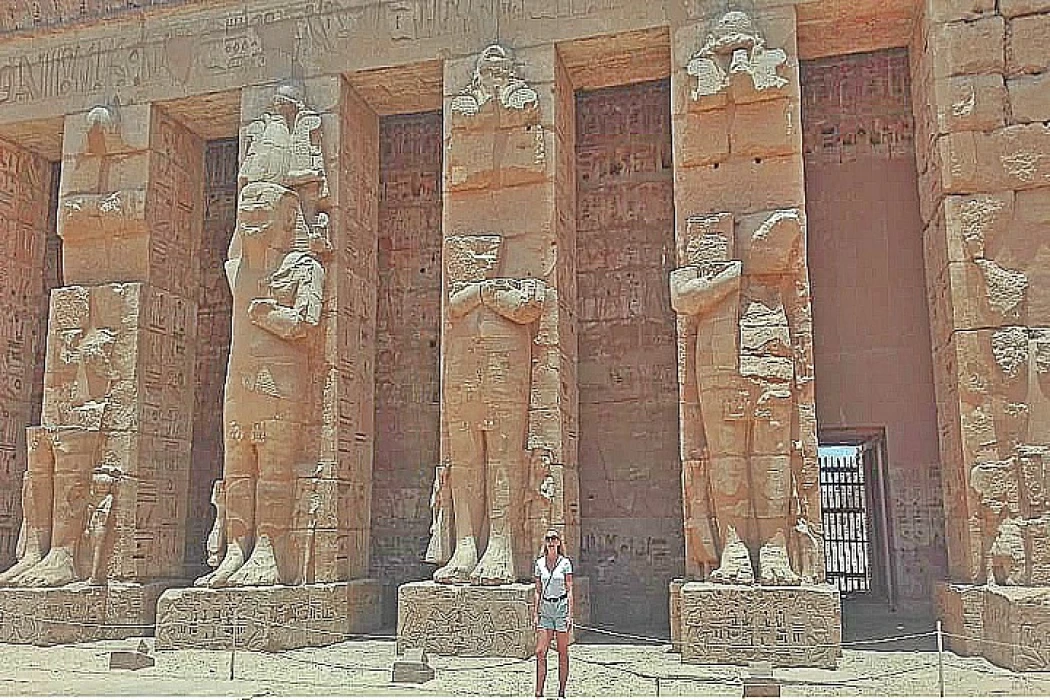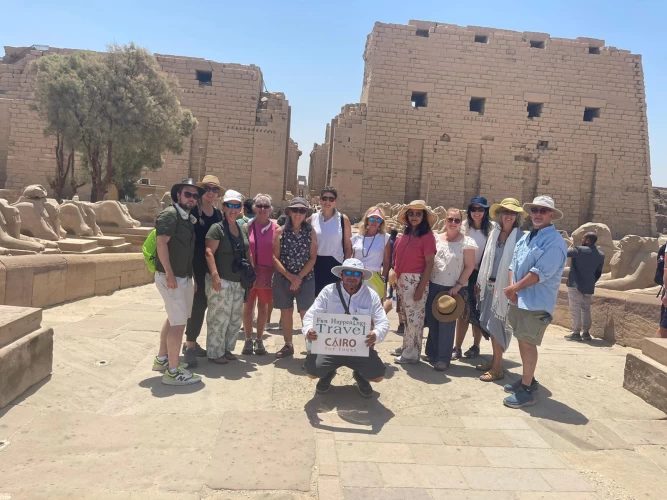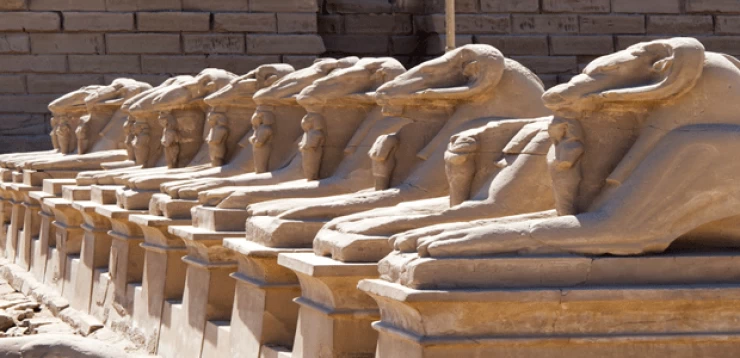
The Twentieth Dynasty in Ancient Egypt
The twentieth Dynasty in Ancient Egypt
King Sakht Nakhti (1190-1187 BC), under the protection of God Amun, put an end to the unrest and turmoil in which the nineteenth dynasty was immersed, establishing the second royal dynasty known as Ramesses. Then, seven other kings, named after Ramses, came after this king.
All the kings of this family carved their graves in the Valley of the Kings in Thebes (although we have not yet identified Ramses VIII cemetery). As for the northern capital, Ramses III, which was frequently visited by King Ramses III, the oldest archaeological remains date back to the era of King Ramses VIII, and the decrease in the water level of the eastern branch of the delta led to the fall of this capital later. In any case, it seems that the latter Ramses preferred to take this northern capital as their headquarters without goodness.
Ramses III (1187 - 1156 BC) Ibn Sitt Nakhti, after assuming the power to save Egypt from attacks by Libyans and invasions of the peoples of the sea, worked in some locations in the Canaanite lands. This king also walked clearly and directly on the approach of Ramses II, but he stressed the impact of moral obligation and the development of the sources of the wealth of God Amin.
But this brilliant brilliance did not continue until the rule of the devout religious King Ramesses IV (1156 - 1150 BC), and after that, a long period of collapse and deterioration prevailed over three-quarters of a century and affected all parts of the Near East with a kind of climate instability, which led to They fall prey to strikes, and the Hebrews and Palestinians fought over the occupation of Palestine, and the Arameans invaded Syria and the Assyrian and Babylonian empires began to suffer from collapse and decay. As for Egypt, which was still imposing its control on Sudan, its influence in Asia has diminished, and it did not put its feet in the Sinai after the death of Ramesses VI. Aspects of activities in the construction of temples were weakened, and the titles of the Ramesses kings were engraved over the empty spaces already present in the pre-existing decorations.
Some of the finest statues of Ramses VI and IX were carved. Finally, during the reign of Ramesses XI, work resumed at the Khonsu Temple at Karnak. Fortunately, the papyri and the cultures found in Deir el-Medina, where the workers in charge of carving and ornamenting the royal tombs, and finding the good files relating to many judicial investigations and texts left by the senior priests of Amen at Karnak have shown us all of those sources the conditions that prevailed in The period in which the political will and the ritual role of the king appeared vaguely is not clear in the south.
Other than the decisions and initiatives of the high priests in Thebes. Since the beginning of Ramesses III's rule, some living difficulties (such as strikes) and disturbances that disrupted public order (such as those plotted in the royal court and some military coups) have emerged, and finally, the Libyans were able to invade the north and create anxiety in the south. It is reported that these Libyans were descended from a POW descendant and then turned into soldiers, or were new leaders who rushed to flee the deserts because of the famines.
















